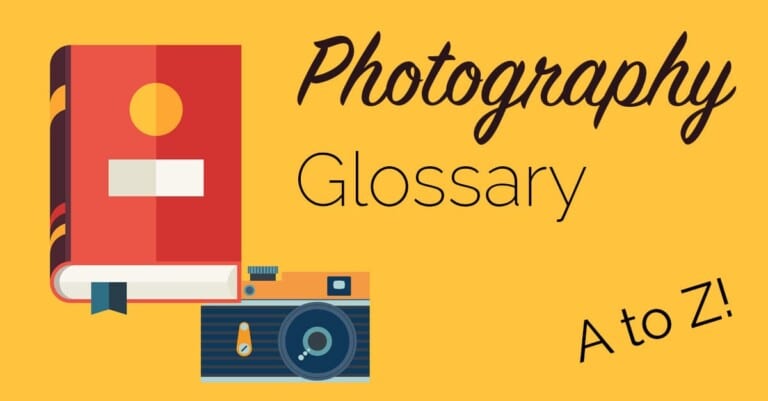Lossless
What Does Lossless Mean When Talking About Image Editing? The term ‘lossless’ refers to a form of non-destructive compression which can be applied to a digital file so that it takes up less space than it would in its original format. This allows for more images to be stored on a storage medium. The advantage of lossless compression, and where it gets it’s name from, is that no data is lost during compression. This is particularly important when storing digital photographs as they contain a lot of data which is required to render them correctly. One example of a form …

